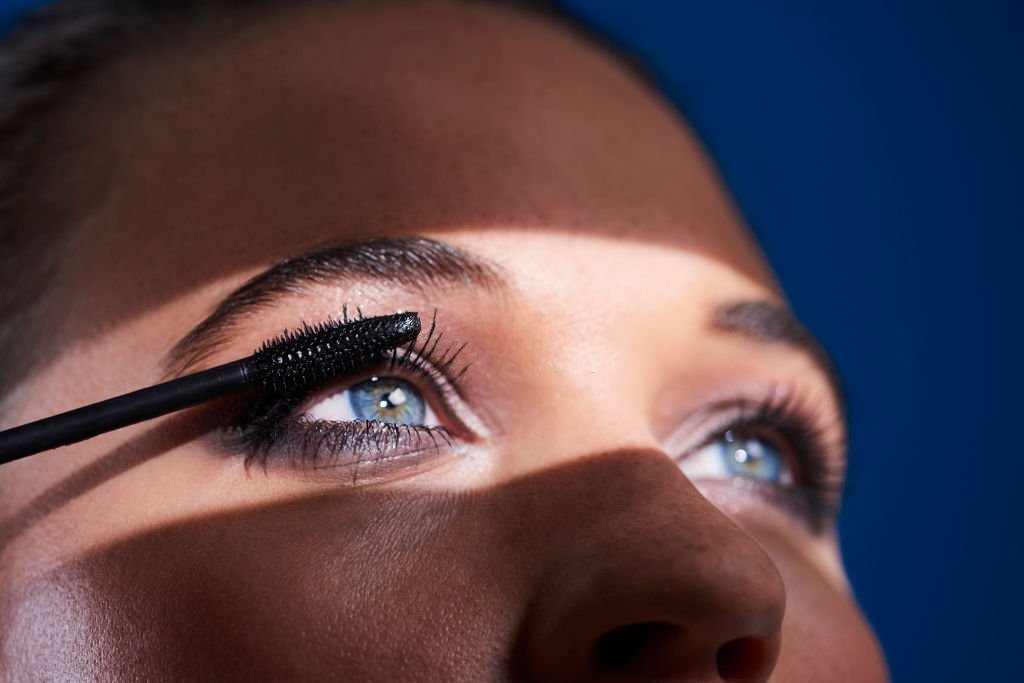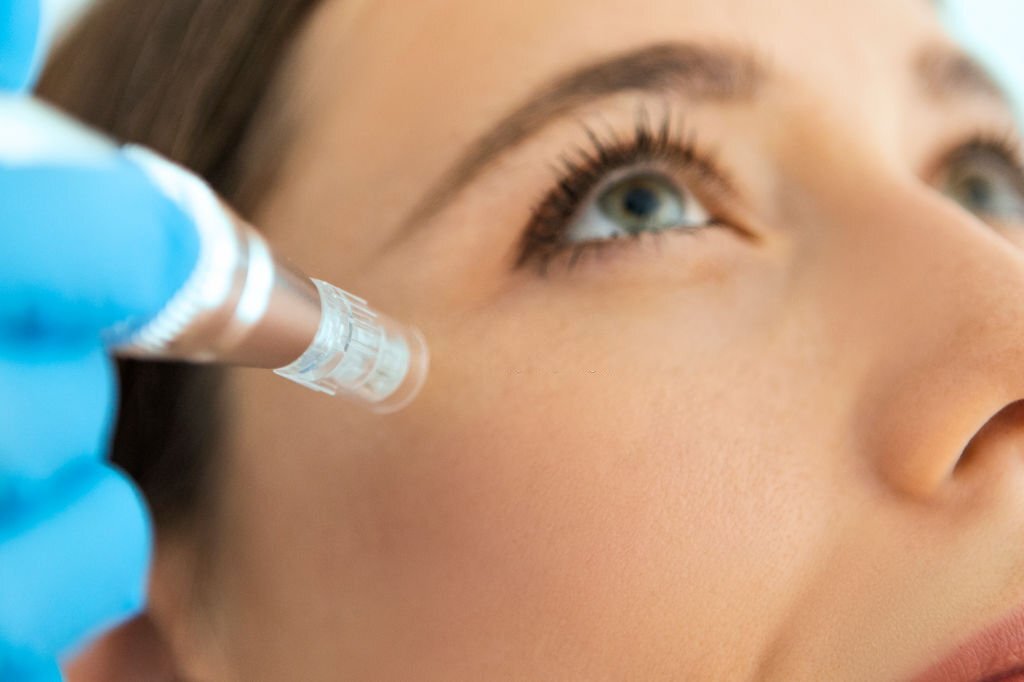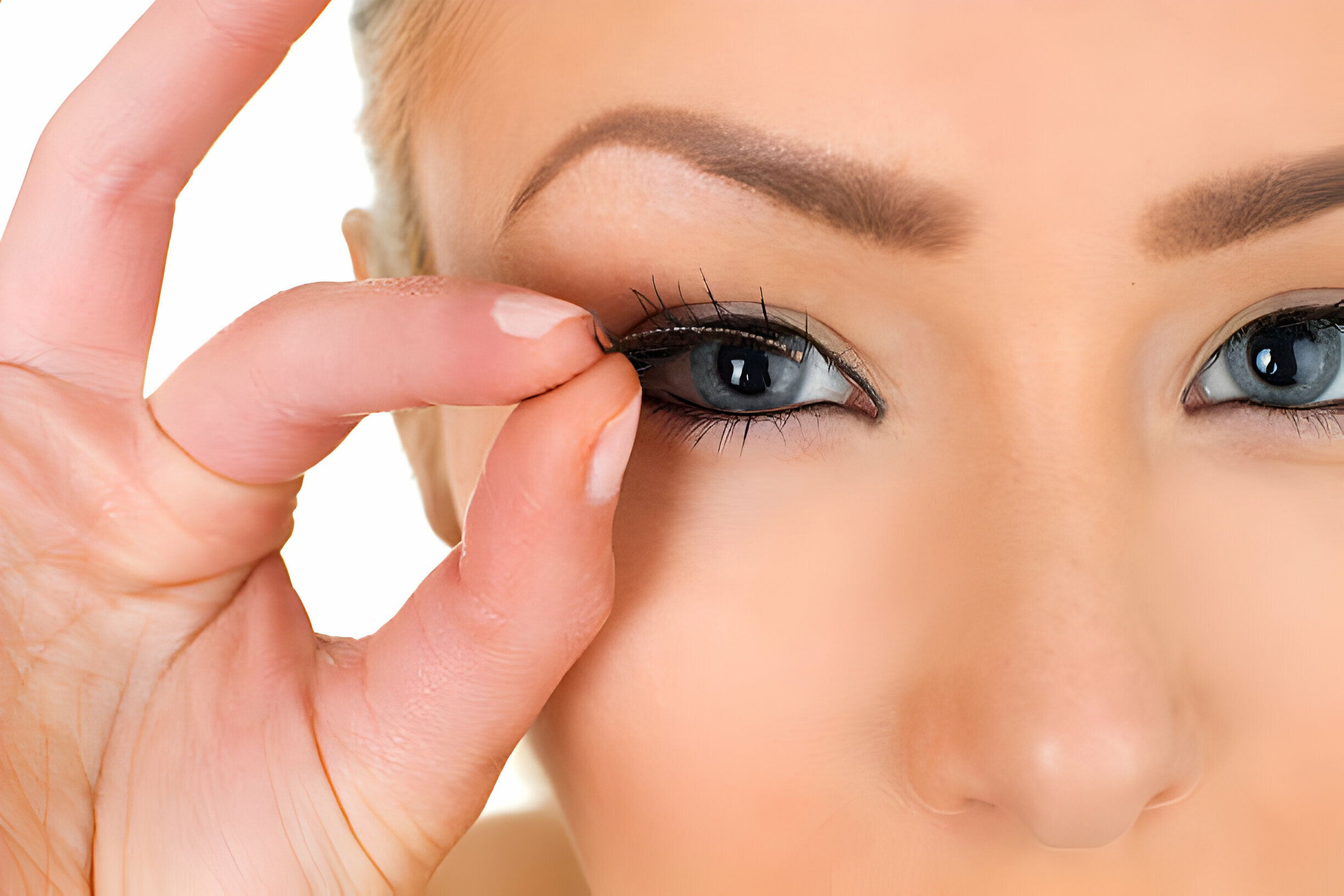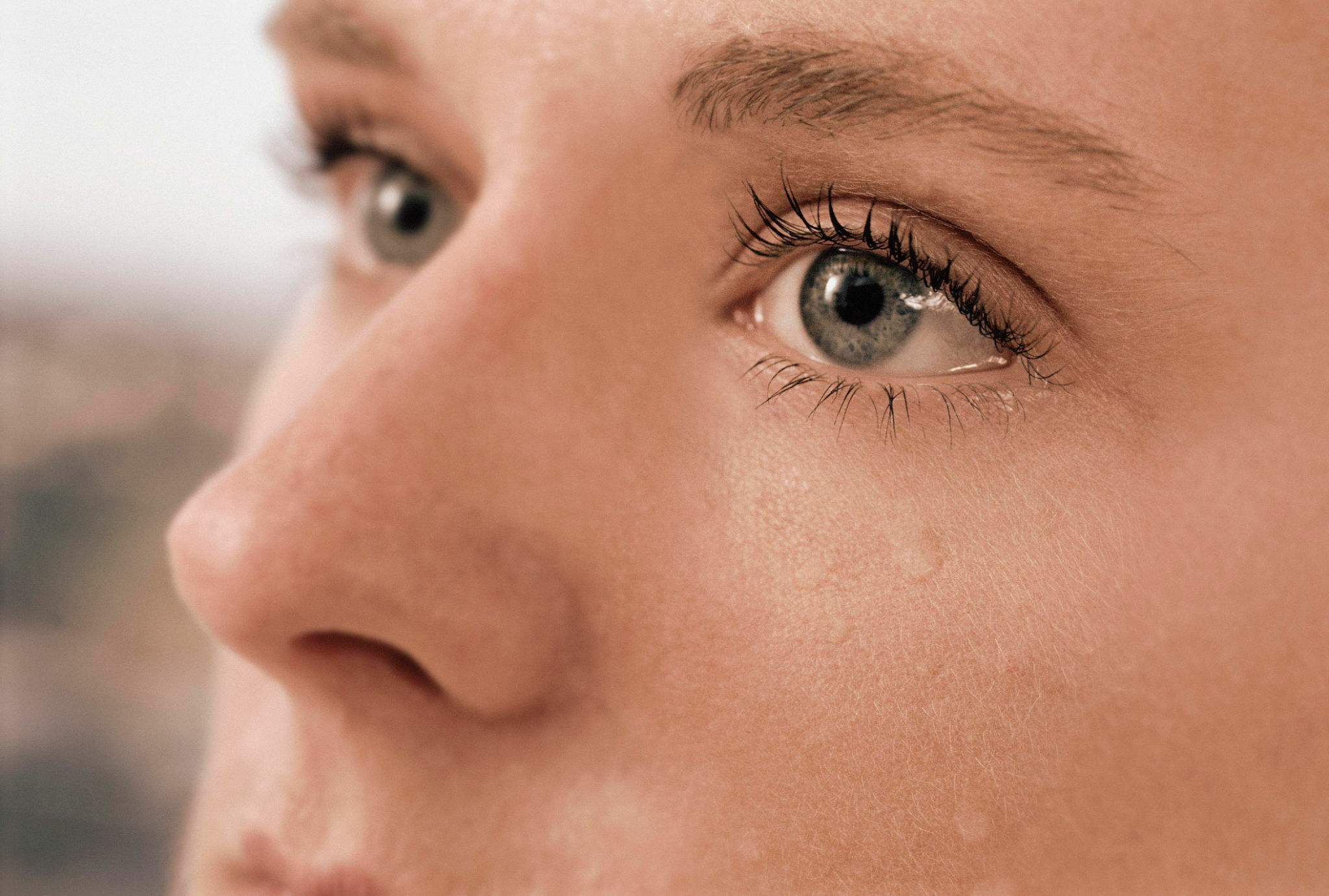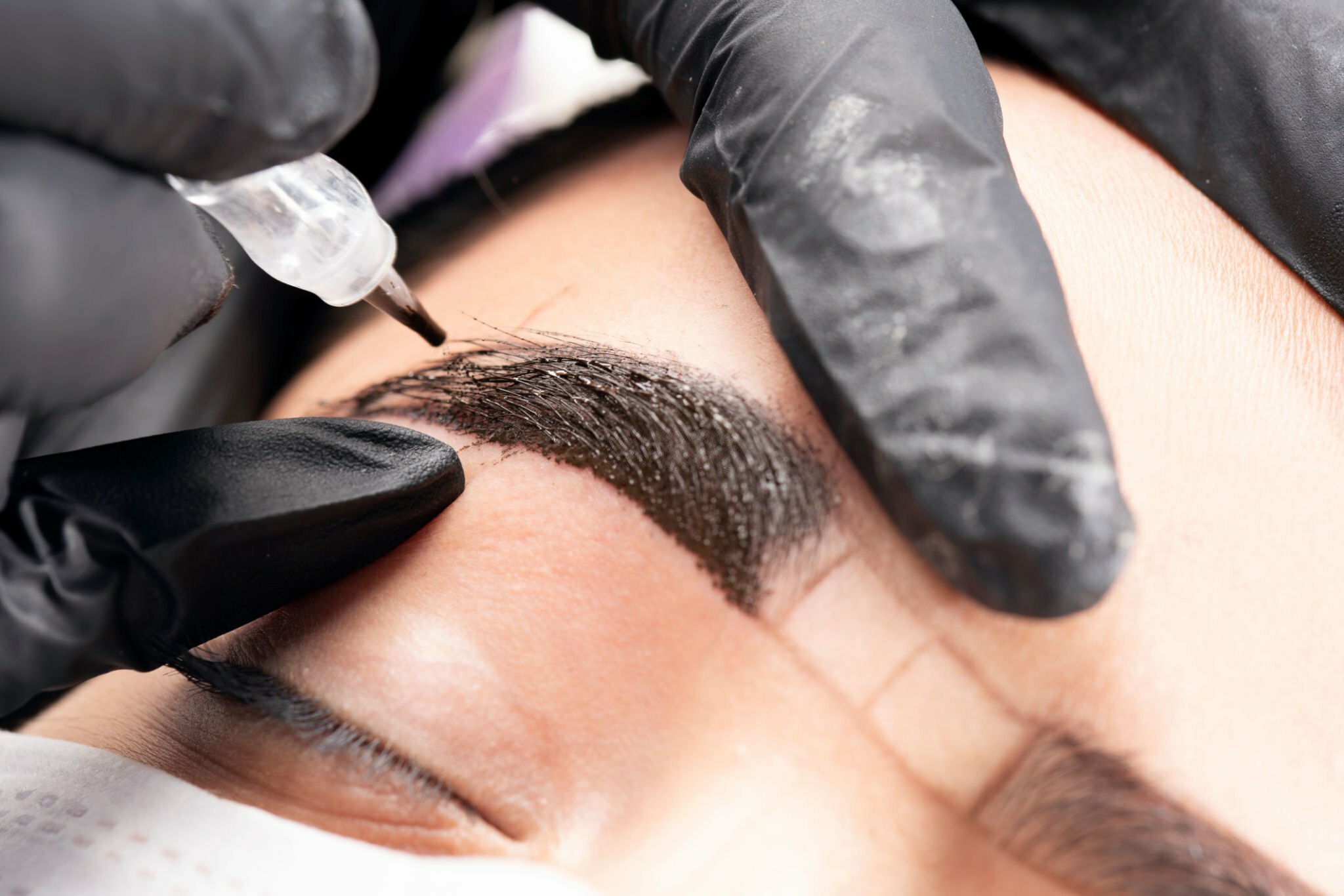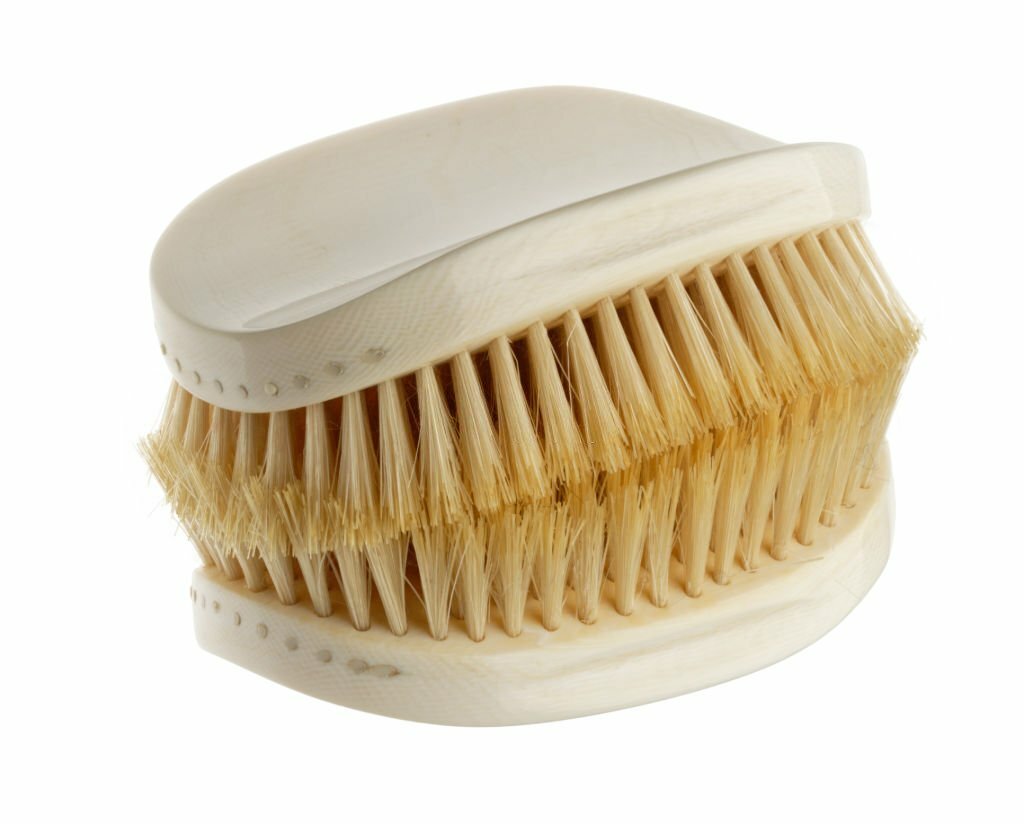How Long To Tan On Cloudy Day?
- The Role of Ultraviolet B (UVB) Rays in Vitamin D Synthesis
- Factors Affecting the Amount of Vitamin D Produced
- How Cloud Cover Affects UVB Radiation and Vitamin D Absorption?
- Different Types of Clouds and Their Impact on UV Radiation
- Can You Tan On A Cloudy Day?
- How to tan on a cloudy day?
- How long to tan on cloudy day?
- Can you tan when it’s cold?
- Can You Still Get Sunburned On Cloudy Days?
- The Dangers Of Overexposure To UV Radiation
- Alternatives To Sun Tanning
- FAQs
- conclusion
The sun’s warm glow has long been associated with relaxation, happiness, and a healthy dose of vitamin D. While basking under clear skies seems like the ideal way to achieve a sun-kissed complexion, cloudy days can present a dilemma for those seeking a tan. Many assume that cloud cover provides a natural shield against harmful UV rays, making tanning sessions safer and less concerning. However, this misconception can lead to potential risks and consequences for the skin.
In this article, how long to tan on cloudy day? We delve into the science behind sunlight, vitamin D production, and the role of cloud cover in filtering UV radiation. We aim to provide a comprehensive guide on safely tanning on cloudy days. By understanding the relationship between cloud cover and UV index levels, we can make informed decisions about our sun exposure and maintain a healthy balance between enjoying the sun’s benefits and protecting our skin from harm.
The Role of Ultraviolet B (UVB) Rays in Vitamin D Synthesis
Vitamin D is a fat-soluble vitamin crucial for maintaining healthy bones and teeth. It regulates calcium and phosphorus absorption, which are essential for bone health. Sunlight is a primary natural source of vitamin D.
When exposed to sunlight, it triggers a photochemical reaction involving ultraviolet B (UVB) rays, interacting with 7-dehydrocholesterol. This interaction converts 7-dehydrocholesterol into pre-vitamin D3, which is then converted into the active form of vitamin D, calcitriol, through liver and kidney processes.
Factors Affecting the Amount of Vitamin D Produced
- Time of Day: The sun’s angle affects the intensity of UVB rays. Vitamin D synthesis is most efficient when the sun is at its highest point in the sky, typically between 10 am and 3 pm.
- Skin Type: Different skin types have varying levels of melanin, the pigment that provides natural protection against UV radiation. People with fair skin produce vitamin D more rapidly than darker skin, but they are also more susceptible to sunburn.
- Latitude: The further you are from the equator, the less direct sunlight you receive. This reduced exposure to sunlight can impact vitamin D synthesis, particularly in regions with limited sunshine during certain seasons.
- Season: Vitamin D synthesis is generally more efficient in the spring and summer when the sun’s angle is higher, providing more intense UVB radiation.
How Cloud Cover Affects UVB Radiation and Vitamin D Absorption?
Cloud cover filters UVB rays, reducing their intensity and reaching the Earth’s surface. On cloudy days, UVB radiation is significantly lower than on sunny days. This reduction in UVB rays can impact the body’s ability to produce vitamin D.
While some UVB radiation can penetrate cloud cover, it is often insufficient to trigger substantial vitamin D synthesis. As a result, extended sun exposure on cloudy days may not lead to adequate vitamin D production, and individuals should exercise caution to avoid overexposure to UV radiation.
Different Types of Clouds and Their Impact on UV Radiation
Understanding the different types of clouds and their impact on UV radiation is important for assessing the level of sun exposure and potential risks to human health. Here are step-by-step explanations of various cloud types and their effects on UV radiation:
Cirrus Clouds
Cirrus clouds are thin, wispy clouds that form at high altitudes. They consist of ice crystals and can be translucent. While they may partially filter sunlight, they have little impact on UV radiation. UV rays can penetrate through cirrus clouds, resulting in significant exposure to UV radiation. It is important to take appropriate sun protection measures even when cirrus clouds are present.
Cumulus Clouds
Cumulus clouds are characterized by their puffy, cotton-like appearance and are often associated with fair weather. These clouds typically form at lower altitudes. Cumulus clouds can have varying thicknesses, and their impact on UV radiation depends on their density. Thicker cumulus clouds can provide some UV protection, reducing the level of UV radiation reaching the Earth’s surface. However, it is still crucial to practice sun safety measures when spending time outdoors.
Stratus Clouds
Stratus clouds are uniform, layered clouds that typically cover the sky and create a dull, gray appearance. They form at low altitudes and can be thick and opaque. Stratus clouds can provide significant UV protection by blocking or scattering UV rays. The denser the cloud cover, the greater the reduction in UV radiation. However, it is advisable to continue following sun protection guidelines even under stratus clouds, as some UV radiation can still reach the ground.
Altostratus Clouds
Altostratus clouds are mid-level clouds that are often gray or blue-gray in appearance. They are generally thicker and denser than cirrus and cirrostratus clouds. Altostratus clouds can significantly reduce the amount of UV radiation reaching the Earth’s surface. They act as a shield, scattering and absorbing UV rays. When altostratus clouds are present, UV exposure is generally lower, but it is still advisable to take precautions when spending extended periods outdoors.
Cumulonimbus Clouds
Cumulonimbus clouds, also known as thunderstorm clouds, are large and towering with a flat anvil-shaped top. These clouds can extend through multiple atmospheric layers, including the troposphere and stratosphere. Cumulonimbus clouds can block a substantial amount of UV radiation due to their vertical extent and thickness. However, it is important to note that thunderstorms can produce intense localized UV radiation, especially during breaks in the cloud cover, so caution is still advised.
Can You Tan On A Cloudy Day?
You can still tan on a cloudy day, but with caution. Clouds reduce the intensity of UV rays, limiting the tanning effect. However, some UV radiation still penetrates through clouds, so it’s essential to wear sunscreen with an SPF of at least 30 and reapply it regularly.
Start with short periods of sun exposure and gradually increase the time to avoid sunburn. Remember to seek Shade periodically and stay hydrated while enjoying the outdoors on cloudy days. Embrace a responsible approach to tanning to achieve a healthy glow while protecting your skin from potential harm.
How to tan on a cloudy day?
To safely tan on a cloudy day, take a cautious, gradual approach to minimize sunburn and skin damage. Although overcast days have lower UV ray intensity, still expose yourself to some sun. Here are some tips:
- Check the UV index: Start by checking the UV index for your location. The UV index provides information about the strength of UV radiation at a given time and helps you assess the potential risks. Even on a cloudy day, UV radiation can still be significant, especially during the summer months or at high altitudes.
- Choose the right time: Plan your tanning session when UV radiation is relatively lower. Typically, this is early morning or late afternoon when the sun is less intense. Avoid tanning during the peak hours when the sun’s rays are strongest, usually between 10 a.m. and 4 p.m.
- Select a suitable location: Find a spot with minimal obstruction from clouds, such as an open area or a place with fewer dense clouds overhead. This will provide you with the best chance of getting some sun exposure.
- Use a broad-spectrum sunscreen: Apply a broad-spectrum sunscreen with a high SPF (Sun Protection Factor) to all exposed areas of your body, including your face, arms, legs, and any other skin that will be exposed to the sun. Reapply sunscreen every two hours or more frequently if you are sweating or swimming.
- Please wear appropriate clothing: Even on a cloudy day, it is essential to protect your skin from harmful UV rays. Wear lightweight, loose-fitting clothing that covers your body, such as long-sleeved shirts, long pants, and a wide-brimmed hat. This will provide an additional layer of protection against UV radiation.
- Limit your exposure time: Start with shorter exposure times and gradually increase them to avoid overexposure. Even on a cloudy day, you can still get a tan or sunburn if you spend too much time in the sun without protection.
- Take breaks in the shade: Periodically seek shade to give your skin a break from direct sun exposure. This will help reduce the risk of sunburn and allow your skin to cool down.
- Hydrate and moisturize: Stay hydrated by drinking plenty of water during your tanning session. Also, moisturize your skin after tanning to keep it hydrated and prevent excessive dryness.
- Monitor your skin: Pay attention to any signs of sunburn, such as redness or discomfort. If you notice any signs of sunburn, immediately seek shade and discontinue tanning.
How long to tan on cloudy day?

On a cloudy day, it’s easy to underestimate the potential risks of sun exposure. While clouds filter some UV radiation, they don’t provide complete protection. It’s essential to balance sun exposure and sun protection to achieve a safe tan.
Experts recommend limiting tanning sessions to around 15 to 30 minutes on a cloudy day, especially during midday when UV rays are most intense. However, the actual time may vary depending on factors like skin type, cloud cover density, and altitude. Monitor UV Index and wear sunscreen to reduce sunburn risk and prioritize skin health on cloudy days.
Can you tan when it’s cold?
Yes, you can still tan when it’s cold outside. While the temperature doesn’t directly affect tanning, the intensity of the sun’s UV rays is the determining factor. Even on cold days, you can get a tan if the sun is shining and UV rays are present.
However, cold weather may discourage prolonged sun exposure, leading to shorter tanning sessions. Remember to take proper sun protection measures, like wearing sunscreen and appropriate clothing, to safeguard your skin from harmful UV radiation and harsh cold weather conditions.
Can You Still Get Sunburned On Cloudy Days?
Yes, you can still get sunburned on cloudy days. While clouds may reduce the intensity of UV radiation, they don’t completely block it. UV rays can penetrate through clouds, leading to skin damage and sunburn if adequate sun protection measures are not taken.
It’s essential to check the UV Index for your location on cloudy days and wear sunscreen with at least SPF 30, protective clothing, and sunglasses. Even on overcast days, UV rays can cause harm, so practicing sun-safe habits is crucial to avoid the risk of sunburn and protect your skin’s health.
The Dangers Of Overexposure To UV Radiation
Excessive UV radiation from the sun or artificial sources can cause severe health risks.
- Sunburn: Overexposure to UV radiation can cause sunburn, characterized by red, painful, and inflamed skin. Severe sunburns can lead to blistering and peeling and increase the risk of skin cancer.
- Premature Aging: Prolonged exposure to UV radiation accelerates the aging process of the skin, leading to wrinkles, fine lines, and age spots. This premature aging of the skin can make a person appear older than their actual age.
- Skin Cancer: UV radiation is a known carcinogen and a major risk factor for skin cancer. Melanoma, the most dangerous form of skin cancer, is closely linked to intense, intermittent sun exposure, especially in individuals with fair skin.
- Non-Melanoma Skin Cancers: Excessive UV exposure can also lead to non-melanoma skin cancers, including basal cell carcinoma and squamous cell carcinoma. While these cancers are generally less aggressive than melanoma, they can still cause significant health issues if left untreated.
- Eye Damage: Prolonged exposure to UV radiation can damage the eyes, increasing the risk of cataracts, photokeratitis (sunburn of the cornea), and age-related macular degeneration, a leading cause of vision loss in older adults.
- Suppression of the Immune System: UV radiation can weaken the immune system, making it harder for the body to defend against infections and diseases.
- Photosensitivity: Some individuals may develop photosensitivity, a condition in which the skin becomes excessively sensitive to sunlight, leading to rashes and increased susceptibility to sunburn.
- DNA Damage: UV radiation can cause direct damage to the DNA in skin cells, increasing the risk of genetic mutations that can lead to skin cancer.
Alternatives To Sun Tanning
Sun tanning can be enjoyable, but excessive exposure can cause skin risks. Safe alternatives exist.
- Sunless Tanning Products: Self-tanning lotions, sprays, and mousses offer a safe way to achieve a tan without exposure to the sun. These products contain dihydroxyacetone (DHA), a colorless chemical that reacts with the amino acids in the top layer of the skin to produce a temporary tan. They provide a natural-looking tan without the risk of sunburn or skin damage.
- Bronzing Powders and Creams: Bronzers are makeup products that provide an instant tan effect. They come in powder or cream form and can be applied to the face and body for a temporary tan that washes off easily.
- Gradual Tanning Moisturizers: Gradual tanning moisturizers combine skin hydration with a subtle self-tanning effect. They allow you to build a gradual tan over several applications, providing a natural-looking glow.
- Airbrush Tanning: Airbrush tanning is a salon-based method where a tanning solution is sprayed onto the skin by a professional technician. This technique ensures even application and a natural-looking tan.
- Tan-Enhancing Clothing: Some companies produce clothing with UV-reflective properties that can boost your natural skin tone while protecting you from harmful rays. These specialized fabrics provide a subtle tanning effect without sun exposure.
- Body Makeup: Body makeup products, such as body bronzers and shimmer oils, can provide a temporary tan-like appearance. These products can be washed off at the end of the day.
FAQs
Can You Get Tanned When Swimming On Cloud Days?
It is possible to get tanned while swimming on cloudy days, as UV rays can still penetrate through clouds and water. However, the tanning effect may be milder compared to sunny days, so it’s essential to wear sunscreen and take sun-safe measures to protect your skin.
What Weather Conditions Are Best For Optimal Tanning?
Sunny and clear weather conditions with high UV radiation levels are best for optimal tanning.
What Is The Best Temperature To Tan Outside?
There is no specific “best” temperature to tan outside; it depends on personal preference, but generally, warm temperatures between 75°F to 85°F (24°C to 29°C) are comfortable for tanning.
Can You Get Vitamin D On A Cloudy Day?
You can still get some vitamin D on a cloudy day, but the amount may be lower than on sunny days due to reduced UVB radiation.
How Long Does It Take For Vitamin D To Absorb In The Sun?
The time it takes for vitamin D to absorb in the sun varies based on factors like skin type, time of day, and latitude, but around 10 to 30 minutes of sun exposure on the arms and legs a few times a week is often sufficient for most people.
conclusion
Tanning on cloudy days requires careful consideration and adherence to sun-safe practices. Sunburn and skin damage can occur under cloud cover, but lower UV radiation intensity requires precautions like sunscreen, Shade, and limiting sun exposure. A balanced approach to sun tanning and safe alternatives can enhance skin health and well-being, while responsible sun exposure ensures a beautiful glow without compromising safety.
Jillian Ruffo
As a Beauty Care and Wellness Writer, of liveandfeel I focus on the holistic concept of wellness, encompassing mental, physical, and emotional health. I create engaging content that informs and empowers readers to prioritize self-care. My content celebrates diverse definitions of beauty and encourages self-love. I explore natural ingredients, cutting-edge beauty technologies, and mindfulness practices, fostering a sense of well-rounded well-being. My goal is to inspire readers to prioritize self-care and discover the latest trends in beauty.


